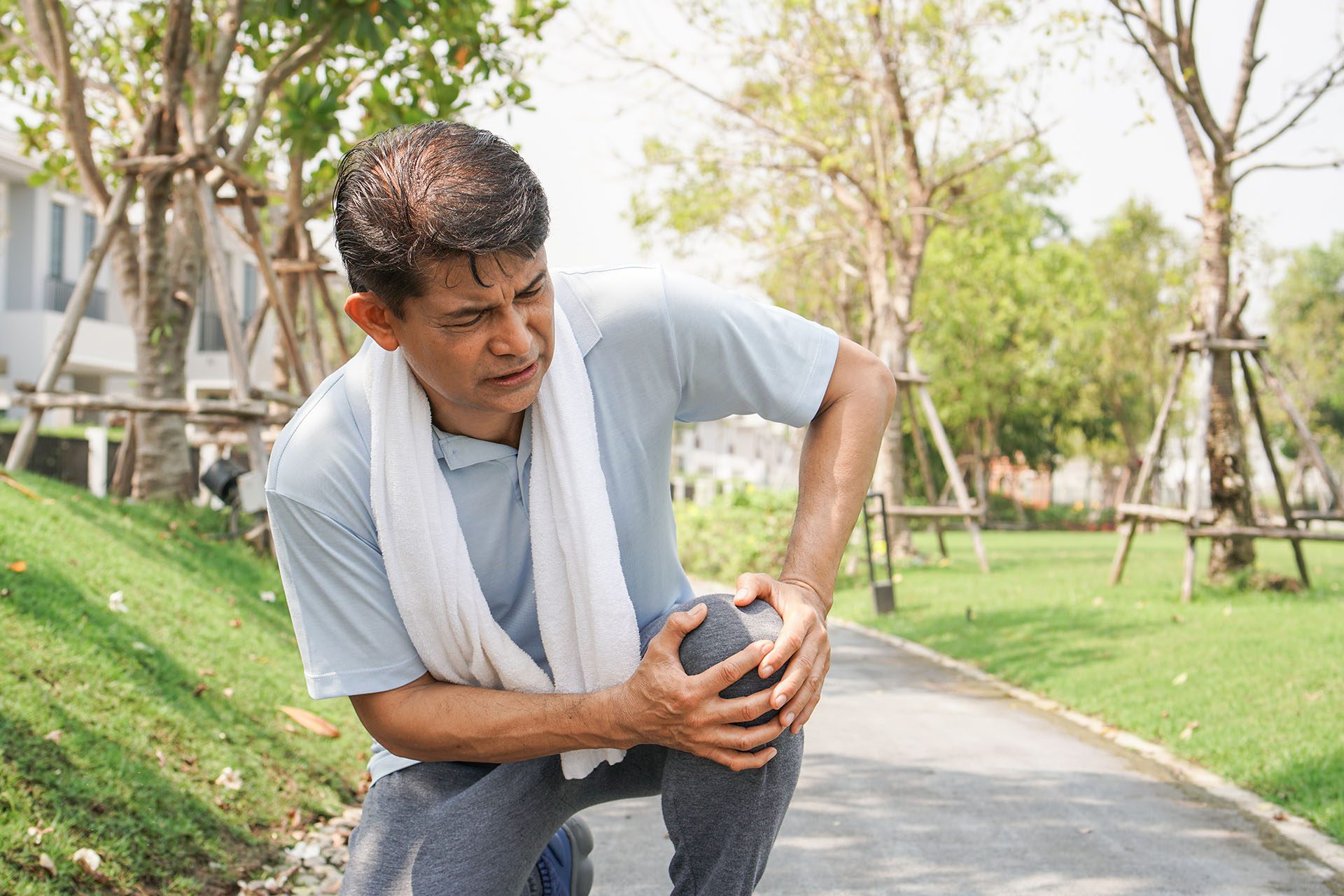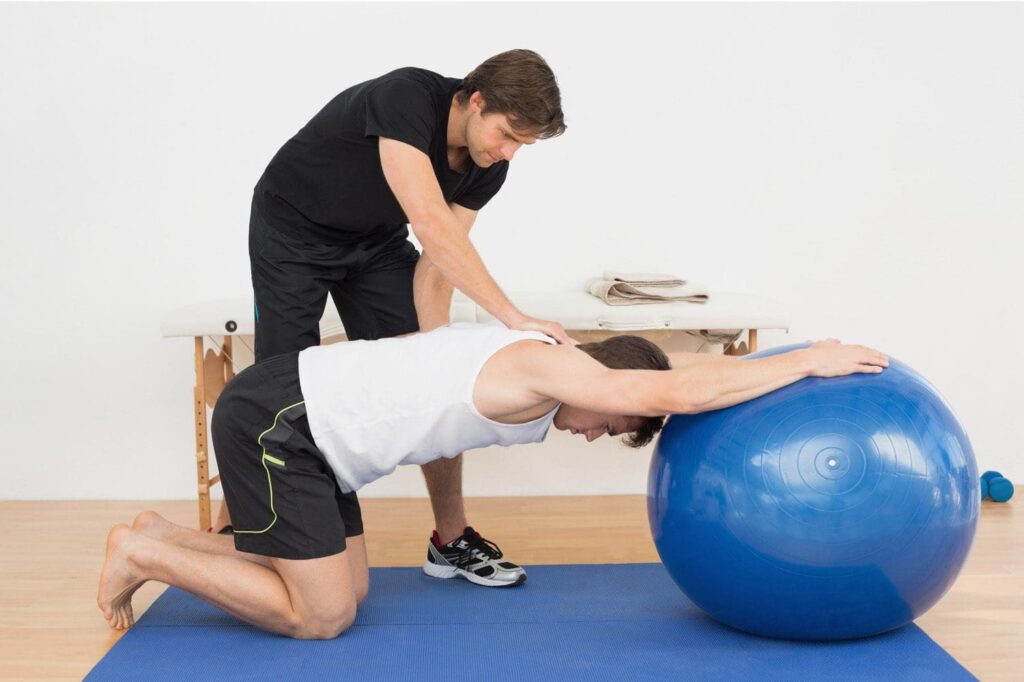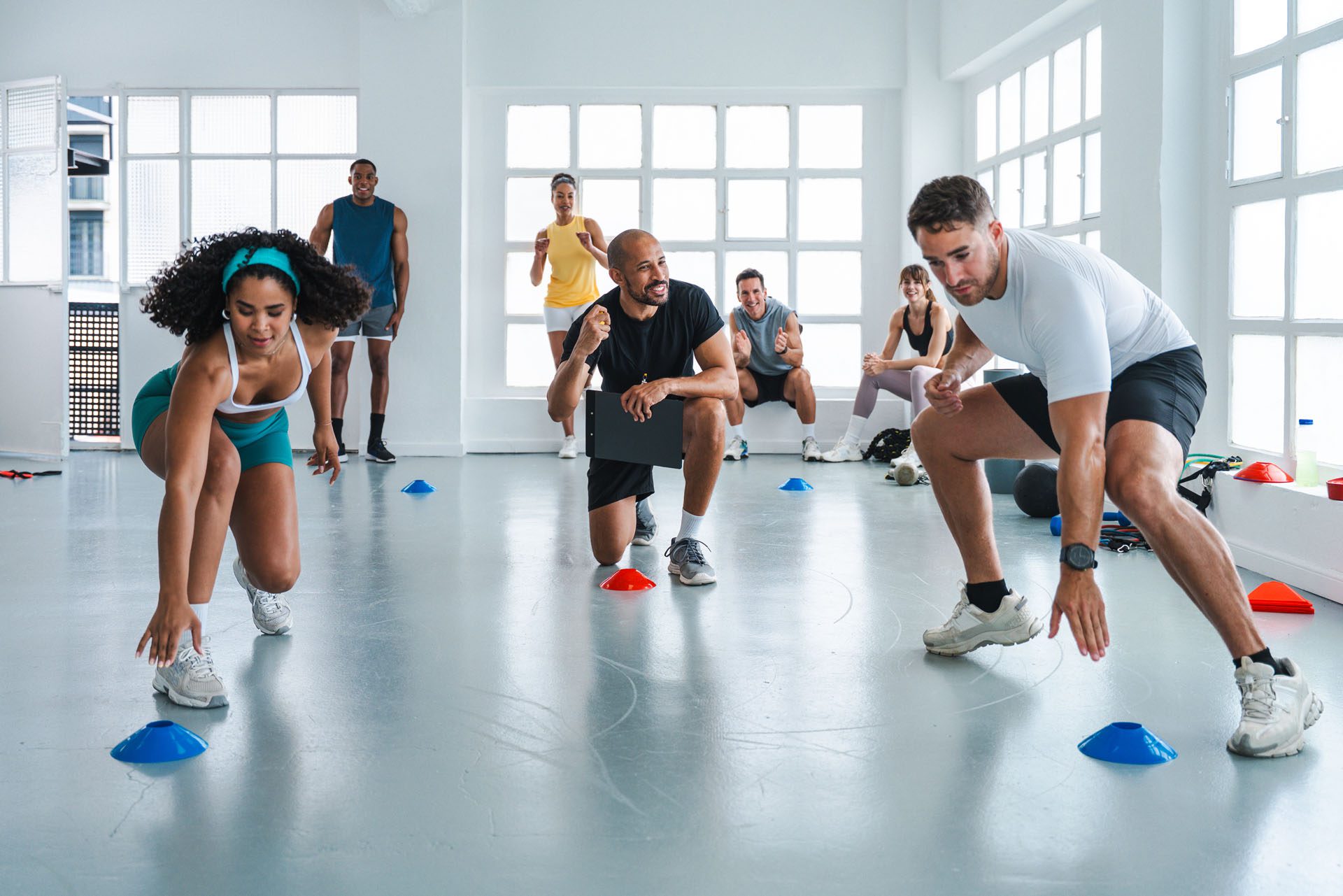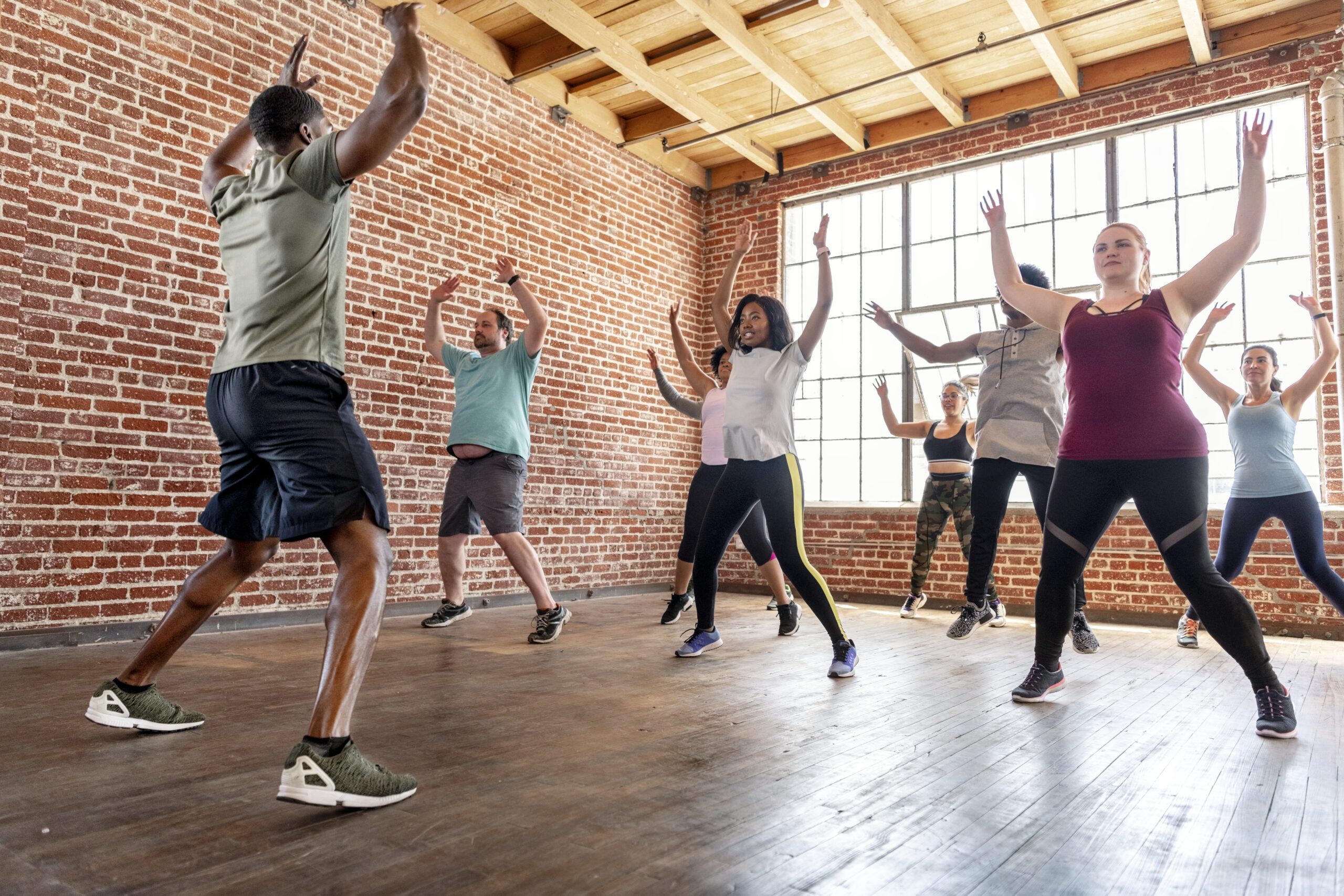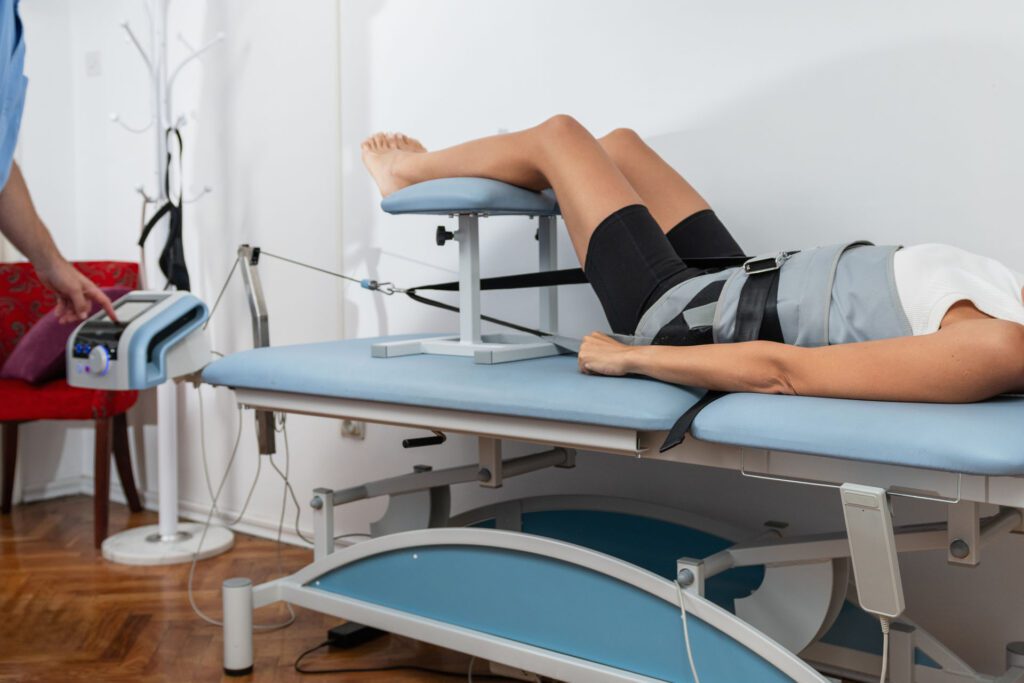Essentials of Integrative Healing for Weekend Warriors

Weekend warriors love the thrill of diving into sports or outdoor fun after a quiet week. But this habit can lead to painful injuries. These folks sit at desks all week, then push hard on days off. The result? Sore muscles, twisted joints, and more. At ChiroMed – Integrated Medicine Holistic Healthcare in El Paso, TX, we frequently encounter this. Our team helps people heal naturally and stay active.
This article explores common injuries among weekend warriors. We cover what causes them, how they impact daily life, and ways to prevent and mitigate them. Using expert tips and our clinic’s insights, you’ll learn to enjoy weekends without the pain. If you’re in El Paso and experiencing aches from overexertion, ChiroMed offers holistic solutions, including chiropractic care, acupuncture, and more.
Musculoskeletal injuries are big for active adults. Many try to cram fitness into weekends, but bodies need steady prep. Poor warm-ups or sudden moves make things worse. By identifying risks early, you can continue to move safely.
Defining Weekend Warriors and Their Unique Risks
Picture a typical week: Office work keeps you still. Then weekends bring hikes, bikes, or team games. These bursts feel freeing, but they strain unprepared bodies. Weekend warriors fit this mold—low activity on weekdays and high intensity on off-days.
Research shows many adults get exercise in short spurts. About half engage in vigorous activities, such as sports, but not on a daily basis (Segal et al., 2024). This ups injury odds. Muscles weaken from sitting, then face overload.
At ChiroMed in El Paso, our experts note: “Weekend patterns lead to imbalances. Bodies aren’t ready for the jump in effort” (ChiroMed, n.d.a). Without a gradual build-up, tissues tear or become inflamed easily.
Risks grow with age. Over 30? Jobs limit movement, making weekends riskier. Simple things, like wearing bad shoes or not doing stretches, add fuel.
Top Musculoskeletal Injuries Hitting Weekend Warriors
Injuries often strike soft parts—muscles, tendons, and ligaments. Bones break less, but pain is real. Here’s the common ones.
Sprains Versus Strains: Key Differences
Sprains tear ligaments holding joints. Ankles twist in games, and knees buckle in runs. Strains occur when muscles or tendons, such as the hamstrings, are pulled during sprints.
Both bring pain, puffiness, and areas of weakness. Sprains feel unstable; strains ache deep (Pinnacle Vitality, n.d.). Emergency doctors say these top sports lists are more than just breaks (Ko, 2023).
Weekend signs: Sharp stabs, then swelling. You hobble or can’t grip.
At ChiroMed, we diagnose with hands-on checks and imaging. “Sprains often link to weak supports from desk life,” our team observes (ChiroMed, n.d.a).
Tendinitis from Repetitive Stress
Tendinitis swells tendons from repeated use. Elbow from golf, knee from jumps. Pain grows with use and persists after (Shortlister, n.d.).
Warriors get it from long sessions without breaks. Unfit tendons rebel.
Shin Pain and Bone Stress
Shin splints throb along the legs from hard runs. Stress fractures crack bones slightly. Both from pounding without ease-in (Reagan Integrated Sports Medicine, 2024).
No weekday walks? Shins suffer first.
Knee Troubles and Achilles Strains
Knees take twists, tearing cushions or bands. Achilles snaps from quick starts (Conklin, n.d.).
Pain limits bends or pushes. Recovery takes time.
Lower Back Aches
Back strains from lifts or turns. Desk slouch plus yard work equals spasms (Conklin, n.d.).
Stiff and sore, it stops everything.
All share overuse roots. Left alone, they worsen.
Why These Injuries Happen to Weekend Warriors
Three main culprits: Too much at once, quick shifts, and skipping basics.
Overuse Without Build-Up
Overuse hits when reps exceed recovery. Warriors pack weeks into days. Bursts raise pain risks, studies say (Segal et al., 2024).
Hiking hours can lead to tears.
Abrupt Actions
Sudden lunges or pivots shock stiff joints. No flow means snaps (Ko, 2023).
Sedentary stiffness sets the stage.
Lacking Prep
No warm-up stiffens tissues. Light therapy sessions help (Appleton Chiropractic Center, n.d.).
Bad gear or form worsens it. Hydration and rest matter too.
ChiroMed stresses: “Prep gaps show in exams—tight hips from chairs cause pulls” (ChiroMed, n.d.a). We spot via assessments.
Causes connect: Week still, weekend wild.
Impacts on Daily Life for Weekend Warriors
Injuries disrupt more than fun. Pain nags constantly. Swell blocks move. You skip work or chores.
Now: Ice routines, limp walks. Sleep tosses from throbs.
Later: Scars stiffen. Old hurts spark arthritis (Aligned Orthopedic Partners, n.d.). Mood drops—stuck inside.
ChiroMed sees cascades: “A strain turns chronic without a holistic fix” (ChiroMed, n.d.a). We use full views to stop it.
Additional costs include: visits and missed pay. Social hits—no group activities.
Varies by type. Light ones mend quickly with rest; bad ones need pros.
But with care, you rebound stronger.
Healing Options for These Injuries
Start at home, then seek help.
Basic Home Care
RICE: Rest, ice, compress, elevate (Reagan Integrated Sports Medicine, 2024).
Meds ease aches.
Stretch gently later.
Expert Interventions
Docs check for breaks via scans (Ko, 2023).
Therapy builds back.
Surgery is rare for tears.
Holistic Methods at ChiroMed
We blend chiropractic, acupuncture, and massage. Adjustments fix alignments (Get Radiant Life, n.d.).
Nutrition aids repair. Naturopathy boosts natural healing.
Our El Paso clinic treats sports injuries to accidents. “Integrative plans address roots—nutrition fights inflammation,” the team says (ChiroMed, n.d.a).
For work or car crashes, we document for legal purposes. Dual professionals—chiropractor and nurse—diagnose deeply.
Imaging correlates: “See how weekend strain ties to job posture” (ChiroMed, n.d.a).
Patients heal fully, preventing returns.
Tips to Avoid Weekend Warrior Injuries
Prevention beats cure.
Build Habits
Move weekly—walks condition (Conklin, n.d.).
Increase slow—10% max.
Prep Routines
Warm light, stretch dynamic (Nemani & Louie, 2023).
Cool static.
Tools and Techniques
It is essential to wear suitable shoes and learn proper form, as recommended by the Center for Orthopaedic Surgery & Sports Medicine (n.d.).
Core work prevents it.
Nourish and Recover
Eat balanced, sleep well.
Body signals? Pause.
ChiroMed offers pre-checks, such as “Acupuncture loosens for activities” (ChiroMed, n.d.a).
Stay safe, play on.
ChiroMed’s Approach: Holistic Healing in El Paso
At ChiroMed, we lead in integrative care. Our team, led by Dr. Alex Jimenez, DC, FNP-C, combines chiropractic, nursing, and naturopathic care.
We treat sports strains, work slips, personal falls, and MVAs. Correlations: “Pain from hikes links to daily habits via exams” (ChiroMed, n.d.a).
Dual diagnosis: Chiro for structure, nurse for health.
Procedures: Adjustments, therapy, and acupuncture ease.
Assessments: Imaging and tests spot issues.
Legal: Detailed docs aid claims.
Integrative: Exercise, massage, and acupuncture work together to promote natural healing. Prevents long-term via roots.
A hiker regains the trail post-strain. We enhance health wholly.
Visit chiromed.com for more.
Wrapping Up: Stay Active with ChiroMed’s Help
Injuries from warrior ways can be painful, but holistic care helps alleviate them. From strains to backs, causes are clear—prep matters.
Impacts are wide, but treatments like ChiroMed’s integrate for recovery.
Prevent it with healthy habits. In El Paso, we’re here.
References
Aligned Orthopedic Partners. (n.d.). Musculoskeletal injuries: Causes and treatments
Appleton Chiropractic Center. (n.d.). Sports injuries
Buffalo Rehab Group. (n.d.). Weekend warrior routine risks [Video]. YouTube.
Center for Orthopaedic Surgery & Sports Medicine. (n.d.). Sports medicine for weekend warriors: Staying active and injury-free
ChiroMed. (n.d.a). ChiroMed – Integrated Medicine Holistic Healthcare in El Paso, TX
Conklin, C. (n.d.). Stay in the game: Top 5 tips to avoid common weekend warrior injuries. Riverside Health.
Get Radiant Life. (n.d.). Chiropractic care for weekend warriors
Ko, J. (2023). Sports-related injuries: An emergency medicine doctor’s perspective. Weill Cornell Medicine.
Nemani, V., & Louie, P. (2023). Joint health during summer activities [Video]. YouTube.
Pinnacle Vitality. (n.d.). Sprains vs. Strains: Understanding the Differences, Symptoms…
Reagan Integrated Sports Medicine. (2024, March 8). Common sports injuries: Identifying and treating musculoskeletal issues
Segal, N. A., et al. (2024). Do physical activities prevent the occurrence of bothersome pain? PMC.
Shortlister. (n.d.). The most common work-related musculoskeletal disorders

